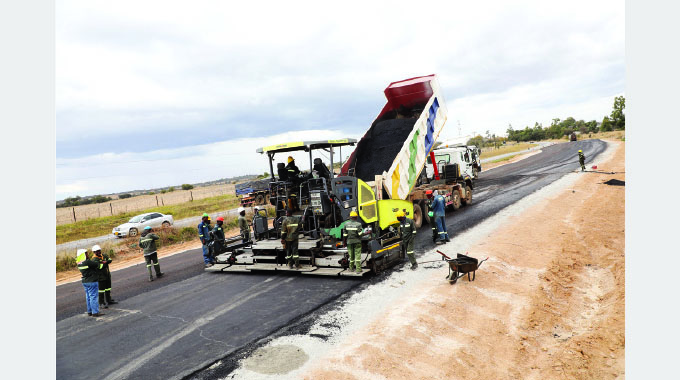Zimbabwe begins mass translocation of 2640 animals

Sifelani Tsiko Agric, Environment & Innovations Editor
The Zimbabwe Parks and Wildlife Management Authority (Zimparks) and other private wildlife sector players have started transferring about 2 640 animals from a park in the country’s south, where thousands of animals are at risk of death due to drought and biodiversity loss to parks in the northern part of the country.
Zimparks spokesman Tinashe Farawo told The Herald on Sunday that the authority had issued permits for the mass transfer of the animals from the Save Valley Conservancy in the southern part of the country to three other national parks – Tsapi, Chizarira and Matusadona in the north.
A number of animals are reported to have died in the past at the park in the south due to lack of food and water.
About 400 elephants, 2000 impalas, 70 giraffes, 50 zebras, 50 buffaloes, 50 elands, 10 lions and 10 wild dogs will be moved to the parks in the north – in one of the country’s largest ever wildlife transfers since the 1950s when Lake Kariba was built and mass animal translocations took place.
“Some of our parks are overpopulated and lack adequate food and water. We have issued permits for the transfers so that animals are moved to areas with water and food,” said Farawo.
“We issued the permits after doing thorough assessments and research. Our ecologist and zoologists as well as others from South Africa assisted us in carrying out assessments on security, availability of water and food before a decision was made to translocate the animals.
“Resources permitting, we would like to do this more often. Mass transfers of animals are very expensive. In 2018, when we moved 100 elephants it cost us US$500 000.”
Farawo said the mass translocation of animals was private sector driven and financed.
“In the dry and arid park in the south, there is a massive loss of vegetation and biodiversity due to overpopulation of wild animals. Animal transfers are quite expensive but better than culling which elicits criticism from animal welfare activists,” he said.
“Wildlife tourism is a very sensitive sector. We are moving the animals now because it’s a lot cooler and the animals won’t die from distress and long distances we are moving them. This is probably Zimbabwe’s second largest translocation after Operation Noah in the 1950s when Kariba Dam was being constructed.”
The migration is expected to save the conservancy’s ecosystem by depopulating. Animals were now becoming a threat to their own survival.
Dr Alistair Pole, a veteran African Wildlife Foundation research and conservation management expert says most African protected areas need about US$200 per hectare to maintain and protect wildlife species in their game parks.
Many in southern Africa are struggling to maintain the parks due to lack of adequate resources and manpower. Southern African nations including Botswana, Namibia, Zimbabwe and Zambia have for years been battling the global wildlife trade regulator to grant them rights to sell ivory acquired through natural deaths, confiscations and culling.
The countries are home to the world’s largest elephant population.
Southern Africa is home to half of Africa’s elephants and Zimbabwe’s population of more than 100 000 against a carrying capacity of 45 000, is only second to that of Botswana in the world.
Zimbabwe and some Sadc countries are concerned about the negative consequences of a ban on trophy hunting, ivory trade and destruction of stockpiles.
The bans have a debilitating impact on tourism and revenue for conservation agencies that rely solely on the affluent tourists from the West.
Zimbabwe Parks and Wildlife Management Authority (ZimParks) is one of the hardest hit conservation agencies.
Loss of revenue from wildlife tourism has had a major impact on its operations and how it manages wildlife species and habitats.









Comments